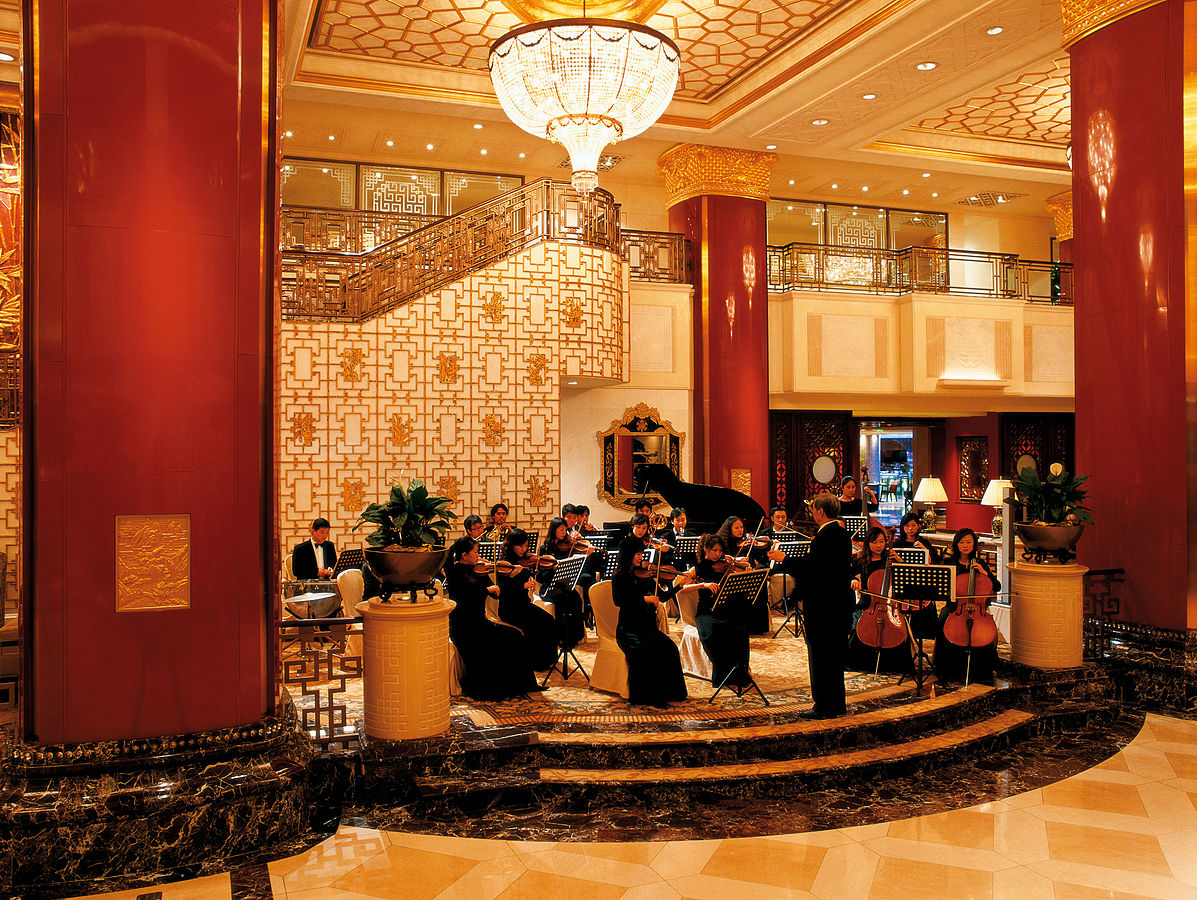
Sociological studies of work have long ventured overseas to understand the conditions of employment and global networks that produce goods consumed in the global north. Scarce are studies that take a look at globalization and work at the other end of the supply chain: consumer services. This is important because in recent years retailers and hoteliers have traveled from the global north to the global south nearly as fast as manufactured goods have journeyed the opposite direction. This is also critical because the sociology of service work has rarely ventured beyond contexts in which customers and workers largely share in a single culture (with all its etiquettes, manners, symbols and rules), even as class, race and gender differences may be present. As a result, sociologists tend to focus on how workers use familiar habits of behavior in workplaces that require interaction with customers. For example the word “emotion work” is used to describe the psychological effort expended when workers are asked to treat strangers with the warmth they might reserve for family members or friends. Another term “aesthetic labor” describes the ways in which workers’ manner of dress, style, grooming and speech must conform to the meet the expectations of posh or hip clientele. Employers hire workers of the appropriate class backgrounds to perform such labor. Overlooked by these two terms is the effort workers make to learn new ways of expressing emotions, novel styles of presenting themselves and unfamiliar modes of interacting when their customers originate from different nations and cultures.
To remedy these limitations, my research follows the path of one of the largest hoteliers in the world, a U.S. chain, to Beijing China. I conducted an ethnography of an outlet of this hotel chain, interviewing workers and managers, part of a project that lasted over a year. In this hotel, managers hire and train young women who are native to Beijing to enact what I term “bridgework”: the acquisition of body and feeling rules dominant among customers whose national and cultural origins diverge from workers. Customers at the hotel were mostly white, male, upper class and traveled from the U.S. and other points in the global north to engage in various business ventures while lodging at the Beijing Transluxury (a pseudonym). The women hotel workers who serve them must speak English, adopt English names, and comport themselves in a manner reflective of an American middle class femininity. Managers spent countless hours training these young women workers to adopt the emotional expressions, modes of interaction and manner of comportment expected by their customers. Managers showed them how and when to smile –and when not to smile. They were taught how to greet customers using the appropriate titles and making eye contact. They were even taught how to walk. They were not allowed to lift tables or heavy trays; they wore uniforms that limited their range of motion, preventing even occasional heavy labor. Managers sought to create a staff of young women workers who would appeal to the heterosexual and class sensibilities of their clientele. But there was a constant tug-of-war between workers’ long held sense of appropriate behavior and these new practices. A few workers resisted some of the practices; a more common response was reinterpreting the new standards of behavior to conform to workers’ long held sense of etiquette and ethics.
Combined with the availability of familiar foods, beverages and surroundings, the hotel creates a space in which customers feel comfortable, competent and knowledgeable, even while traveling to destinations far from home. I identify the ease of traversing national and cultural boundaries facilitated by the bridging labor, as a kind of cosmopolitan capital. To put it more simply, workers’ adoption of the cultural practices of customers relieves those customers of the effort required to engage in and understand new cultural practices when they travel across borders, allowing them to traverse the globe with few cultural obstacles. The dynamic reproduces and extends the advantages of the largely white, male, upper class clientele of the hotels and organizations like it.
In sum, while research has found that service workers must “look good and act right,” to use a phrase that has come to define aesthetic labor, I find that they must also look familiar and sound understandable, which is taken for granted when workers and customers share cultural traditions, languages, symbols and expectations for comportment and interaction. The concept of bridgework pinpoints the efforts required by waged workers to manage these differences and its partner idea, cosmopolitan capital suggests that customers benefit from these efforts in their ability to crisscross national and cultural boundaries without the burden of learning regional languages and practices. They retain a sense of competence in interaction, and thus status and dignity, even while traveling to distant locales.

No Comments